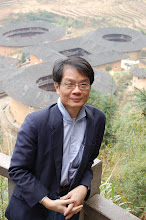Two original problems of analog connections:
從類比訊號的問題導入數位訊號來解決
- The signal degrades over long distances.
- Digitizing voice solves the first problem because you can easily transmit a numeric value any distance a cable can run without any degradation or line noise. - You cannot send multiple calls over a single line.
- Time-Division multiplexing (TDM) solves the second problem. TDM allows voice networks to carry multiple conversations at the same time over a single, four-wire path. Because the multiple conversations have been digitized, the numeric values are transmitted in specific time slots (thus the “time-division”) that differentiate the separate conversations.
A T1 circuit is built from 24 separate 64-kbps channels known as a digital signal 0 (DS0). Each one of these channels is able to support a single voice call. A E1 circuit allows you to use up to 30 DS0s for voice calls.
Although digital technology solves the problems of signal degradation and the inability to send multiple calls over a single line that occur in analog technology, it creates a new issue: signaling (這裡的signaling指的是Supervisory/Informational/Address signaling). To solve this, two primary style of signaling were created for digital circuits:
- Channel associated signaling (CAS): Signaling information is transmitted using the same bandwidth as the voice.
- Common channel signaling (CCS): Signaling information is transmitted using a separate, didicated signaling channel.

沒有留言:
張貼留言